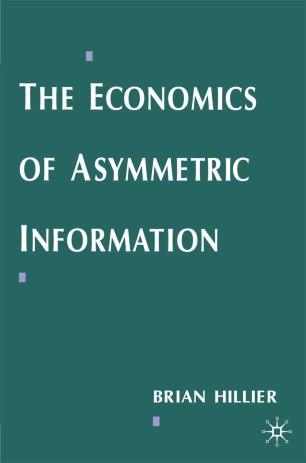Go back


Macroeconomics(8th Edition)
Authors:
Abel, Andrew B;Bernanke, Ben S;Croushore, Dean

Cover Type:Hardcover
Condition:Used
In Stock
Shipment time
Expected shipping within 2 DaysPopular items with books
Access to 30 Million+ solutions
Free ✝
Ask 50 Questions from expert
AI-Powered Answers
✝ 7 days-trial
Total Price:
$0
List Price: $109.99
Savings: $109.99(100%)
Solution Manual Includes
Access to 30 Million+ solutions
Ask 50 Questions from expert
AI-Powered Answers
24/7 Tutor Help
Detailed solutions for Macroeconomics
Price:
$9.99
/month
Book details
ISBN: 9789332518247
Book publisher: Pearson
Get your hands on the best-selling book Macroeconomics 8th Edition for free. Feed your curiosity and let your imagination soar with the best stories coming out to you without hefty price tags. Browse SolutionInn to discover a treasure trove of fiction and non-fiction books where every page leads the reader to an undiscovered world. Start your literary adventure right away and also enjoy free shipping of these complimentary books to your door.
Book Summary: This volume’s primary contribution to the field of Economics is that it addresses the issue of inter-linkages between money, finance and macroeconomics with a broad analytical perspective that has commonality with the Post-Keynesians. In an attempt to assess the consequences of economic reforms and the fallout of the global financial crisis on India and the world around, the book argues that with the onset of the crisis, as in most advanced economies, debates and discussions in India have been concerned with three main issues: monetary policy and asset prices, financial stability, and macro-prudential regulation. Three related issues which are also considered important in the Indian context are – rule vs. principle-based supervision, integrated financial supervision, and regulatory and supervisory independence. The book argues that the crisis highlighted the inadequacies of macro-prudential regulatory structure which mainly addresses idiosyncratic risks specific to individual financial institutions. The crisis precipitated an extensive debate on the role of national regulatory and supervisory authorities in crisis prevention and crisis management via macro-prudential regulations which involves a general equilibrium approach to regulation aiming at safeguarding the financial system as a whole. The book then argues that the crisis led to a paradigm shift in macroeconomic theory and policy. This shift has been categorized into four specific areas: monetary policy, financial regulation, corporate governance, and globalization. The book analyses how the characteristics of each of these four categories have changed from the pre-crisis to the post-crisis situation. The book also delves into the phenomenon of rising global commodity prices post-crisis. The book also deals with an analysis of the impact of this crisis on employment in the US economy, by simulating a macroeconomic model developed by the Cambridge Department of Applied Economics in the 1980s.
Customers also bought these books
Frequently Bought Together
Top Reviews for Books
DanYel Williams
( 4 )
"Delivery was considerably fast, and the book I received was in a good condition."










